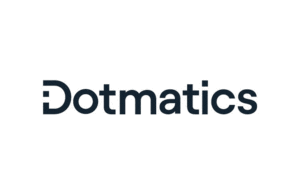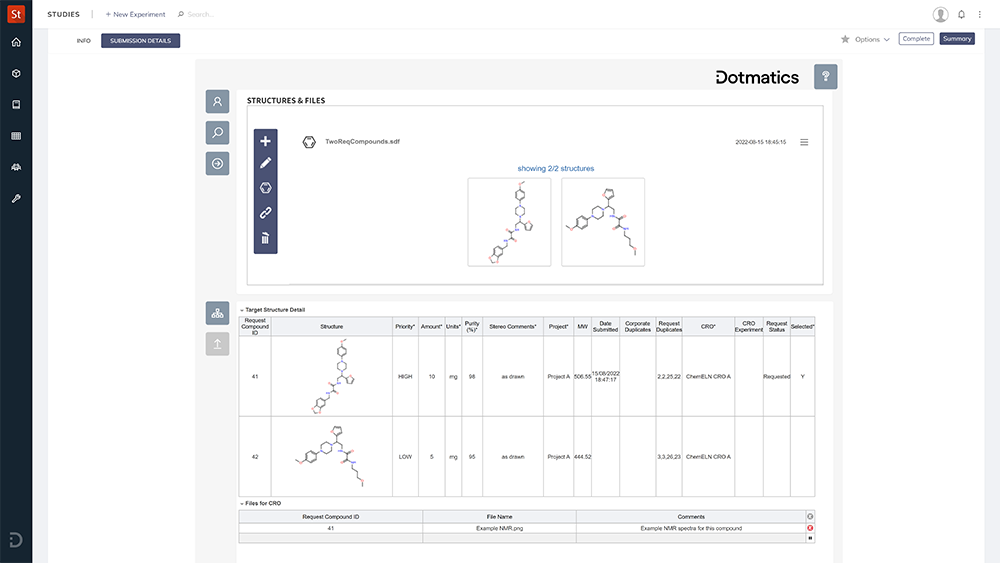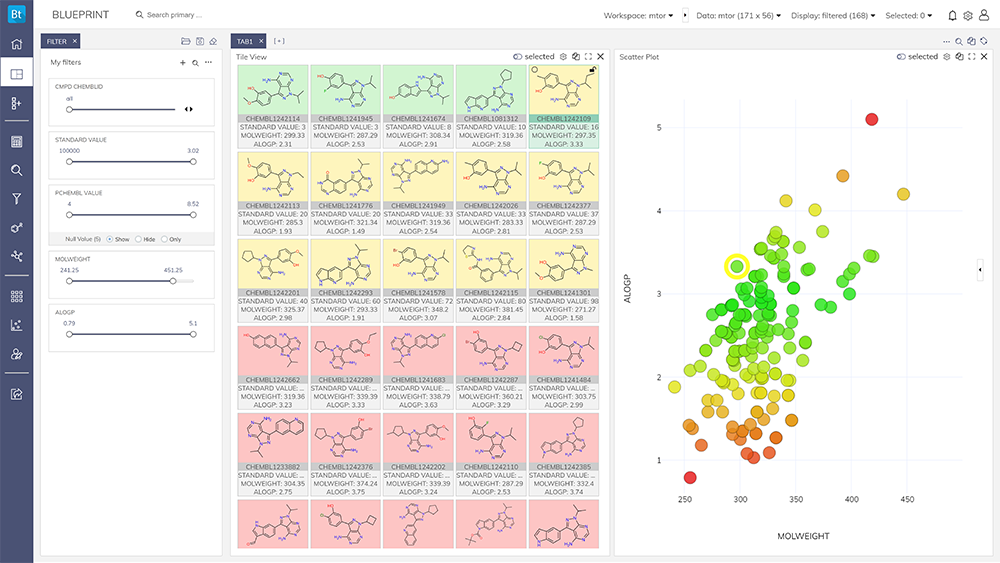 It’s clear that drug discovery and development costs have rapidly increased in recent decades. That said, estimates vary widely. For example, a 2020 article in JAMA noted that estimates range from $314 million to $2.8 billion.
It’s clear that drug discovery and development costs have rapidly increased in recent decades. That said, estimates vary widely. For example, a 2020 article in JAMA noted that estimates range from $314 million to $2.8 billion.
A high drug discovery failure rate exacerbates the problem. Part of the challenge of making such calculations is the difficulty in identifying precisely the data that went into them. Some estimates measure drug developers’ total cost of drug discovery and development over a given period and divide it by the number of drugs introduced to the market.
The downside to this method is that it doesn’t shed light on the cost of drug development failures.
Software takes aim at drug discovery inefficiencies
The R&D scientific software firm Dotmatics aims to help pharmaceutical companies reduce the failure rate of drug discovery. The company recently debuted Small Molecule Drug Discovery Solution, a software package with applications, workflows and data management capabilities.
“In discovery, the failure of a drug is still very costly, but not as costly as later on,” said Andrew Lebeau, associate vice president, product integrations at Dotmatics
When possible, it is ideal to fail fast.

Scientists can load structures and submit a request to a partner CRO to synthesize the compounds. [Image courtesy of Dotmatics]
The question of what causes drug discovery failures, of course, is multifaceted. “It’s a ton of different things,” Lebeau said.
One of the prominent reasons is problems with data quality. A central driver of data quality problems is human error. “The more humans are involved in working with data, the more likely it is that they can inadvertently introduce errors into that process,” Lebeau said.

Andrew Lebeau
Humans might manually enter or manipulate data in Excel spreadsheets. Or they might inadvertently introduce an error when copying and pasting data from one system to another.
Automation reduces errors
One of the goals of Small Molecule Drug Discovery Solution is to automate tasks once performed by humans. “The more you can take humans out of those labor-intensive tasks and get them focused on applying their scientific knowledge, the more you’re going to improve the process overall,” Lebeau said.
Such manual data entry is common in the industry, Lebau noted. “In small molecule discovery, it’s probably significantly better than in biologics drug discovery, but it still happens a lot,” he said.
On a related note, Dotmatics is working on integrating the data analysis and statistics tool GraphPad Prism and integrating it into the Small Molecule Drug Discovery Solution software. “It will be part of the solution later this year,” Lebeau said.
Templates support collaboration
Another aim of the software is to offer templates for drug discovery workflows that range from hit discovery to lead optimization research.
An idealized drug discovery workflow often starts with a medicinal chemist wanting to synthesize a compound. “In modern drug discovery, that step often gets outsourced to contract research organizations,” said Melanie Nelson, a senior solutions architect at Dotmatics.
Small Molecule Drug Discovery Solution has a workflow where medicinal chemists at the drug discovery company can send off a request to synthesize several compounds. “They can send it off to a CRO, which synthesizes it and send it back for review.”

Melanie Nelson
Quality assurance is the next step. “If you’ve done the synthesis in-house, you want to send your compounds to your analytical team to do the QA,” Nelson said. The analytical team then could use mass spectroscopy or NMR spectroscopy to determine if the compounds in question are what the team thought they were.
Small Molecule Drug Discovery Solution offers templates to request such analyses.
The software also offers templates to facilitate workflows involving assay scientists. Small Molecule Drug Discovery Solution also provides workflows to run, for instance, a standard suite of assays for a project on selected compounds.
The software also has a tool to display the results from those assays. “And then you can push it to our Structure-Activity Relationships (SAR) tool called ‘Blueprint,’ which lets you analyze your structure-activity relationship where you have assay data in conjunction with compound properties,” Nelson said.
The Small Molecule Drug Discovery Solution software also offers templates to facilitate workflows following the SAR step. For example, that next step might be requesting more assays on existing compounds. Or it could be asking for the synthesis of new compounds.
Traditionally, such workflows were often fragmented.
Collaborating to reduce the drug discovery failure rate
The Small Molecule Drug Discovery Solution software can also foster internal and external collaboration. “Internally, everybody’s looking at the same dataset,” Nelson said. Externally, the software offers tools for working with CROs and other partners.
As a result of the internal collaboration tools, when a project team prepares to decide what to do next, they can do pre-meeting analysis using the same data set,” Nelson said.
In the past, assay scientists and medicinal chemists tended to have their own distinct datasets. “The nice thing about our solution is that it increases the ability for everyone to work from the same data,” Nelson said.

Scientists can analyze compound properties and assay data in Blueprint. [Image courtesy of Dotmatics]